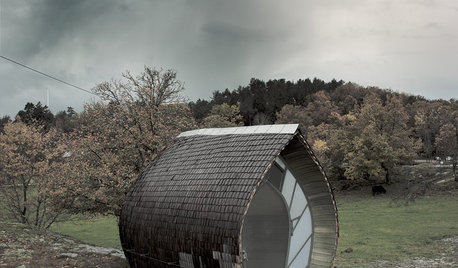I finally can sit down and write this up.
With our weather patterns coming from the south in recent weeks and another squall late yesterday, I had a visitor today that took me by surprise. A large stark white pierid came in to check out all my plants around my patio that are in full bloom, and finally stopped to nectar on the Caelsalpinia for a short time. First impression when I first saw it was that it was an Ascia. But it didn't look big enough to be josephina (which can have a well over 3" wingspan). When it was nectaring I was able to get within about 7-8 feet of it for maybe 10-15 seconds for a better look before it flew up over the Palo Verde trees and disappeared. With the closer inspection, seeing the size accurately, the markings clearer, confirming the blue antennae and thinking about what Ascia species has the best chance of straying to this area, I quickly became pretty sure it was an Ascia (Ganyra) howarthi male.
Its been about 20 years since I first saw this species on a trip to southern AZ soon after they had been proven to be breeding residents there, and had been given species status from the josephina complex. On another field trip down a few years later I found their larva on Atamisquea. My field partner and I still had 9-10 days left on the trip to explore further east along the AZ and Mexico border, so as I had done with other livestock collected early on the trip I prepared a bunch of plant cuttings, bagged them up with a bio habitat for the larvae and shipped them home in a large box. I called my wife to let her know they were coming, what day they would be there and how to handle them until I got home. As luck would have it, they were delivered a day earlier than expected when she was gone for the entire day. By the time she got home, found the box and opened it, she found a large supply of bagged plant that was wilted and so not useable, and the bio box full of dead larva from a day in the hot full sun on the porch. What I get for not spending the extra steep toll for guaranteed overnight delivery. I had so much experience sending and receiving livestock around the world just fine that were in transit for as long as 2-3 weeks, so wasn't concerned. The expected three days would have been easy if not left on the porch when nobody was at home (and yes, I did "educate" the driver when I got home). Some years later I took my wife on what turned out to be my last extended field trip to southern AZ, and A. howarthi was on the list of to do's. But we never got to that location thanks to wasting too many days visiting with her mother in Scottsdale on the way down. I had what I considered more important sites to share with her with what was left of that trip before we had to return home, so we didn't have time to go that far out of our way just for them.
Anyway, the sighting will just remain speculation even though I am almost certain what it was. The price you pay when you do not get the bug in hand at least long enough to make a proof positive determination. Still fun to see it though at the end a season that was all but lep free, and to remind me of seeing this species in nature for the first time so many years ago, and collecting their larva a few years later.
Hope the squalls bring in a few more oddities from the south yet this year.
Larry

















MissButterfly
ladobeOriginal Author
Related Professionals
Hershey Landscape Architects & Landscape Designers · Arlington Landscape Contractors · Surprise Landscape Contractors · Mesa Landscape Contractors · Yukon Landscape Contractors · Alexandria Fence Contractors · Brushy Creek Fence Contractors · Channahon Fence Contractors · Columbia Fence Contractors · Gardena Fence Contractors · Leesburg Fence Contractors · Spanaway Fence Contractors · Nipomo Fence Contractors · Gardere Window Contractors · Atlanta Window Contractorsbutterflymomok
bananasinohio
ladobeOriginal Author
Ament
ladobeOriginal Author
Ament
butterflymomok
ladobeOriginal Author
Ament